
Congratulations to LPL's 2025 Galileo Circle Scholarship recipients: Roberto Aguilar, Arin Avsar, Naman Bajaj, Orion Hon, Devin Hoover, Lori Huseby, Beau Prince, Anna Taylor, and Chengyan Xie.
Galileo Circle Scholarships are awarded to the University of Arizona's finest science students and represent the tremendous breadth of research interests in the University of Arizona College of Science. The scholarships are supported through the generous donations of Galileo Circle members. Galileo Circle Scholars receive $1,000 and the opportunity to introduce themselves and their research to the Galileo Circle patrons.
View all PTYS Galileo Circle Scholarship Recipients
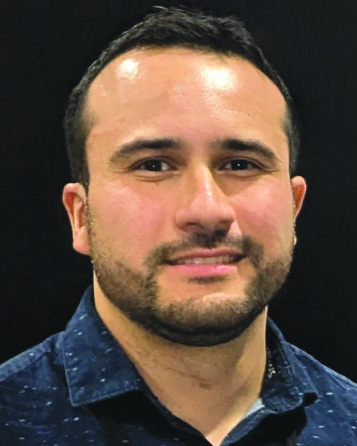 Roberto Aguilar
Roberto Aguilar
Advisor: Jack Holt
Studying the interior of Martian mid-latitude glaciers with data from the SHARAD sounder and leading the development of a state-of-the-art drone-based ground penetrating radar to retrieve shallow subsurface structures in Mars-analog glaciers.
 Arin Avsar
Arin Avsar
Advisor: Daniel Apai
Seeking to understand catastrophic collisions between planetesimals, which is the main dynamical process that governs the evolution of debris disks and developing a model that evolves the remnants of planetesimal collisions to determine the ideal disk orientation, stellar type, and observatory to detect such collisions.
 Naman Bajaj
Naman Bajaj
Advisor: Ilaria Pascucci
Using the James Webb Space Telescope to study the disks of dust and gas around distant stars where planets are just starting to form.
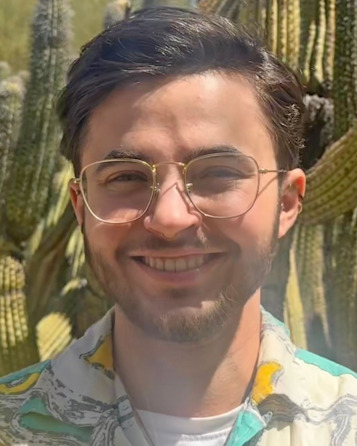 Orion Hon
Orion Hon
Advisor: Lynn Carter
Investigating volcanic environments on Earth that are analogous to lunar volcanic terrains using geophysical instruments that can be employed by future robotic or human explorers on the Moon. These techniques allow exploration of the lunar subsurface, which is key to revealing volcanic landforms and resources that have been buried by billions of years of geologic evolution.
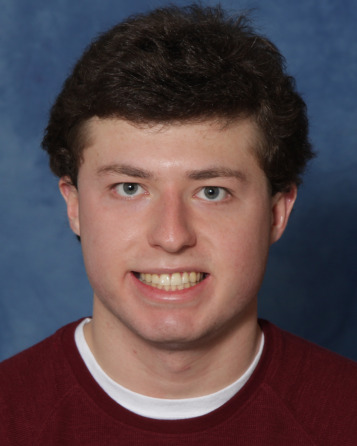 Devin Hoover
Devin Hoover
Advisor: Tommi Koskinen
Pursuing a comprehensive investigation of the atmosphere of Saturn's moon, Titan, using an unexplored dataset from the Ultraviolet Imaging Spectrograph instrument that flew on the Cassini spacecraft. This work is the first step towards combining data from multiple Cassini instruments to create a detailed, global view of Titan's atmosphere.
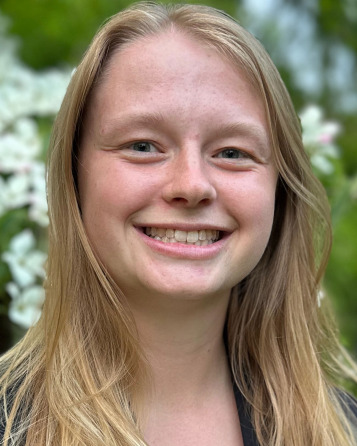 Lori Huseby
Lori Huseby
Advisor: Mark Marley
Conducting laboratory studies in exoplanet haze chemistry to better understand how laboratory work can shape and constrain current modeling efforts and future telescopic observations of exoplanets.
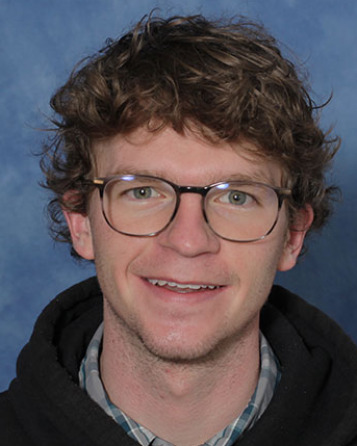 Beau Prince
Beau Prince
Advisor: Tom Zega
Using transmission electron microscopy to study the mineralogy of OSIRIS-REx sample returns at the nanometer scale to learn about the interior of asteroid Bennu's parent body.
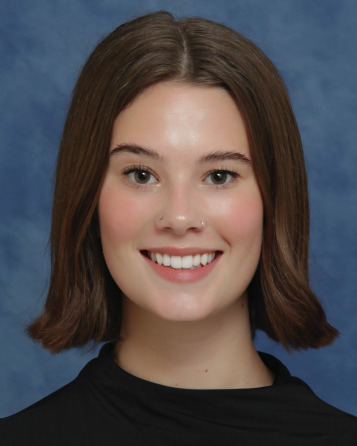 Anna Taylor
Anna Taylor
Advisor: Tommi Koskinen
Studying the evolution of exoplanetary atmospheres and their interactions with their host stars, with a research focus on atmospheric escape, a crucial process that shapes planetary atmospheres over time, influencing their composition, structure, and potential habitability. The integration of theoretical hydrodynamic models with observational data aims to refine our understanding of how escaping atmospheres are detected through spectral features.
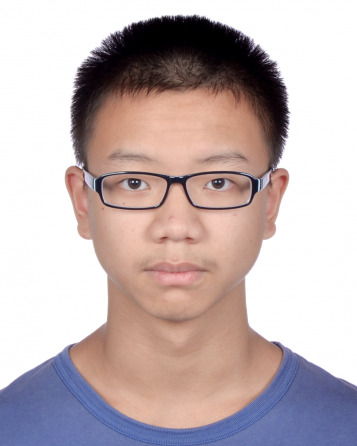 Chengyan Xie
Chengyan Xie
Advisor: Ilaria Pascucci
Using the James Webb Space Telescope to investigate the chemical composition of the inner regions of protoplanetary disks where habitable zones are situated and mining older data sets to characterize the chemical compositions of aging disks, compare them with younger samples, and map evolutionary trends. This work will ultimately advance our understanding of how planetary systems emerge over time.

